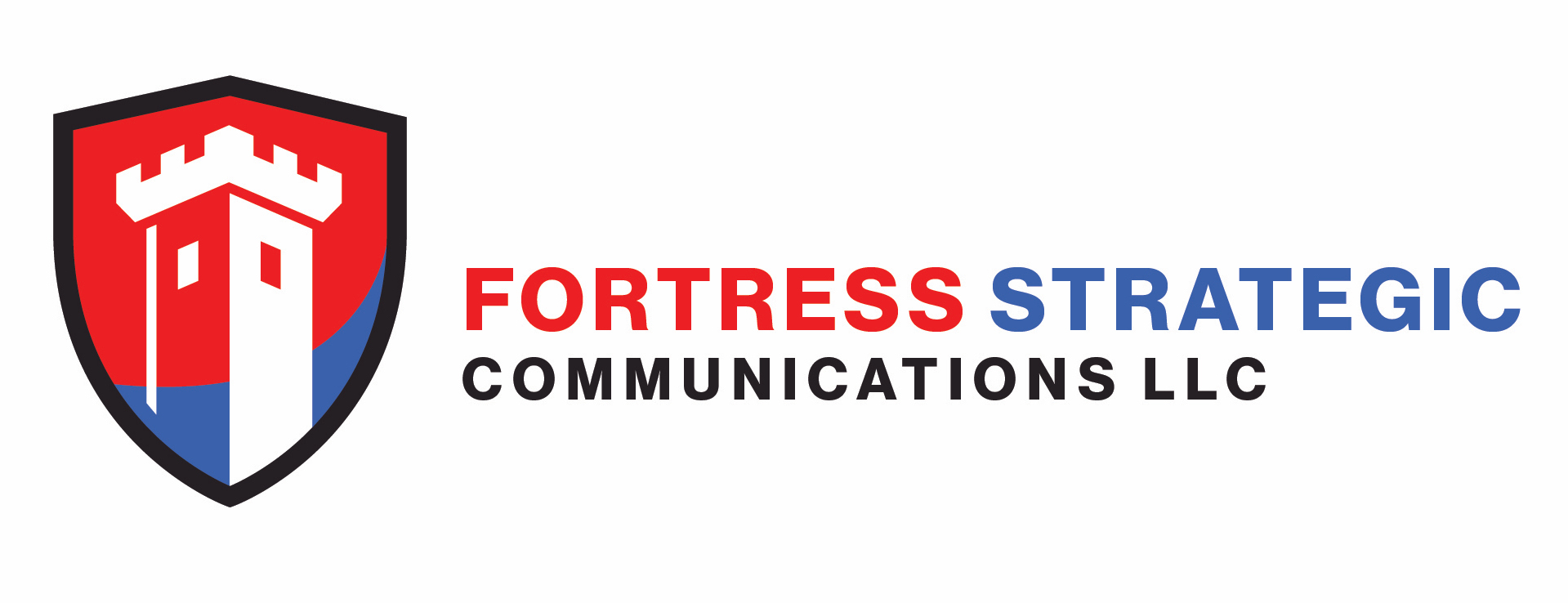
Post-Coronavirus Communications and Marketing: Kick Start Your Small Business
Almost every small business is reeling from the impact of the coronavirus. Income streams have slowed to a trickle, loyal employees are out of work, sales and business opportunities have largely evaporated. While the White House has provided a three-phased approach that will “help state and local officials when reopening their economies, getting people back to work, and continuing to protect American lives,” at the time of this article, no red line has been clearly defined to signal that it is time for all U.S. businesses in the contiguous United States to go back to work. Still, many business owners are watchful and anticipating a green light from the government. But the fact of the matter is that when economic activity resumes, it will not be “business as usual” but more like “business unusual.”
All industries and businesses differ in their experience of the virus and lockdown. For the lucky few, this period of immense instability may be business as usual with regular sales, marketing, and public relations (PR) activities. But the majority of companies, particularly small enterprises forced to close down completely or shift to a “business pause” status, have suffered loss of revenue, impacting salary and benefits for employees.
Consider new research examining the impact of COVID-19 on small businesses from the Society for Human Resource Management which, “warns the state of small business could go from bad to worse, as 52 percent expect to be out of business within six months.” Other findings in relation to small businesses that came out of the research include:
- * 54 percent have laid off employees while 22 percent have furloughed employees;
- * 62 percent report a general decrease in revenue while 12 percent report a general increase;
- * Of those small businesses reporting decreased revenue, 47 percent report losses of 10-30 percent, 41 percent report losses exceeding 30 percent, and 13 percent report a total loss of revenue.
In these uncertain times, how should small companies and startups in the business-to-business domain recommence their selling and communication processes? While it is not a simple process, it is also not overly complicated. The fact is the world has changed, and while doing business is no longer as easy as placing an ad, blasting out emails, or calling up the hundreds of clients in a sales team’s rolodex, there are still steps we can take to maximize stability, retain current customers, incrementally add new customers, and ensure profitability under the circumstances.
Consider the following suggestions:
Park your pre-Coronavirus marketing and communications plan. While it may have been successful previously, you cannot assume that what worked then will work now. This will be true for many industries and market sectors. The world and markets are different: there will be new ways of doing business, regular contacts may have evaporated, budgets shrunk or become nonexistent, etc.
Assemble a “new market team.” The market you knew has definitely changed and could even be completely new. This team’s function is to determine what has changed with both current and prospective clients as well as the niche or market sector/s your company is active in as a result of the virus. This entire process is crucial: if the team gets it wrong, then your entire pre-sales process, public relations, and marketing could stall and deliver lackluster results.
The new market team should include sales, support, manufacturing, and marketing team members. Give your public relations profile a much-needed boost by involving the CEO and relevant C-suite team members in the client contact process.
Contact clients. The new market team should contact a cross section of key clients and smaller clients (in terms of volume) and determine how their business, operating procedures, and risk management profiles have changed. Most importantly, they should try and uncover or identify new issues and challenges. Focus on understanding the specific pressures and issues they face with their clients, as these will likely impact their business and their needs–which impact you.
An important part of contacting clients is reestablishing relationships with those customers that you have not spoken to for a while, or building new relationships with new customers. When team members have good business relationships with clients, capitalize on them–not for the sake of a sale, but more for understanding how the business has been impacted, who has been sick, who has lost their jobs, if there have been any deaths, which clients have been lost, and if the business has contracted.
Based on your contact with clients you could also look for fresh business opportunities that may emerge at a service and solution level based on client needs.
Build the new communications plan. With this information, it’s time to build a new strategy plan that covers sales, marketing and PR/communications. After reviewing all feedback, the new market team should leverage its findings (see “contact clients” above) to determine a new go-to market strategy, new messaging, new sales and marketing materials.
A new communications plan should be built that incorporates new public relations strategies and tactics, etc. Don’t forget to include a media relations aspect that includes new media relations strategies and messaging for use in media interviews, press releases, bylined articles and case studies – and don’t forget to include planning, messaging and strategies for all your social media assets.
Test your approach. Before you venture out with your new marketing, communications, and sales, try testing their efficacy by reaching out to a small sample of close and trusted clients and asking for their opinions. This is not by any stretch of the imagination foolproof, strategic, or a true representative sample of current and prospective client sentiments, but it will provide a basic idea if the messaging has been angled the right way and indicate how the marketing “sits.”
Don’t forget to pivot when necessary. No PR, crisis communications, or marketing plan can be cast in stone–never before the coronavirus and certainly not after it–if there is ever an after!
As you initiate the sales and marketing process, monitor the success of your messaging, strategy, and tactics and amend them accordingly based on market feedback. Chances are that not everything will gel and resonate the first time around. If it does, well and good; if not, keep tweaking. If you meet pushback from a number of clients, you may need to go back to the drawing board.
Proceed with caution. You may not be able to start selling and marketing at warp speed. Obviously, you don’t want to be asleep at the wheel while your competitors go to market and implement their PR and communications. But being aggressive in the sales and marketing process too soon may backfire, as some current or prospective clients may see eagerness as “ambulance chasing” or may simply feel “pressured.” A slow and gentle approach is possibly best for the first few engagements with clients until a sense of normalcy returns. You can then ramp up at an appropriate pace based on your judgement.
Don’t be tone deaf! When you speak to clients or prospective clients, listen carefully to their reaction to your call or pitch. You should also “listen” to email responses to your electronic marketing communication. If you detect any form of resistance or disinterest, it is best to reschedule or pivot your approach. Support and understanding is crucial at this time. Focus on your client’s needs and put them above your own.
Brief customers and the media about your business. As you reach out to customers and ask about their business, it’s an opportune time to share how your business has changed, and what remains the same. This will help calm nerves and let them know you are open for business–in whatever form that is. It also allows you to control the messaging narrative and proactively break any bad news so that you stop the rumor mill and speculation from spiraling out of control. Depending on the type of business you own or manage, here are some proactive messages you could share with customers and the media:
- Your company has resumed full or phased operations at its usual location.
- All/some employees working from home have now transitioned back to the office/factory/manufacturing plant.
- Some/all products and solutions remain available, and some will/will not be reintroduced if they were removed from production during the pandemic. Some new products will be launched.
- Production and delivery delays may occur. (Provide specific details.)
- Customer support is available and will continue.
- Pricing: what will remain the same, decline, or increase and by what percentage. Explain changes in pricing without being defensive.
- Changes in business hours if relevant.
- Current status of all locations: business as usual, functioning with modifications, or temporarily/permanently closed.
- The human impact on your business. If none of your employees contracted the virus or lost their lives, tell your customers—but only if this is true. Falsehoods can severely damage trust.
- Actions taken to mitigate risk. Show that you are taking proactive and responsible steps, e.g. if your company or landlord has deep cleaned and sanitized your office and public and workspaces, warehouse and manufacturing spaces, or any space associated with your office.
Address difficult questions. Most customers will ask a few difficult questions when you call them, but some may not even give you time to contact them: they may proactively contact you, and in addition to questions based on the areas detailed above, they may ask you really tough questions you probably don’t want to or cannot answer. The media could also ask tough questions. Have your team brainstorm a list of the worst questions a customer could ask, then workshop the most appropriate answers. Here are some questions on top of everyone’s mind:
- Was anyone at your facility or in your office sick with the virus?
- Did anyone at your facility or in your office lose their lives as a result of the virus?
- If people from your office/facility have been sick or have died, has your company deep cleaned and sanitized your facility?
- Has the virus compromised your consulting, manufacturing capabilities, and/or physical facility?
- Can you prove that you have taken all the necessary measures to ensure your staff are clear of coronavirus and your facility has been cleaned appropriately?
- What processes and policies are in place to ensure that your company can deal with a resurgence of the virus, protect supply chains, and safeguard employees?
Prepare the clearest, most accurate answers for these and other questions in advance. Remember to frame the answers in such a way that you maintain the privacy of a sick or deceased colleague. Avoid spreading fear, panic, or confusion, and protect and build your company’s reputation by maintaining the highest level of integrity during these challenging times.
In conclusion…
This is a time for flexibility. Business is not normal. You will need to approach customers differently as you gradually return to economic activity. Ask them how their business has changed and what they need so you get a better idea of how you can best serve them. Anticipate tough questions, change your messaging and approach, and accept that sales cycles and processes may not be what they were before. While business may eventually run more smoothly, it will inevitably be markedly different.
— ENDS —
About Fortress Strategic Communications:
Fortress Strategic Communications provides specialized strategic public relations consulting to companies that offer products, services, and solutions designed to manage and mitigate all types of risk, safety and security. Typical clients are active in the public safety, physical security, homeland security, business continuity and disaster recovery and emergency management domains. FSC also provides public relations counseling to startups looking to enter the broader enterprise risk management arena. The company draws on their executives’ combined 20 years of global experience in a broad array of vertical markets. For more information please visit www.fortresscomms.com or contact us via [email protected]
Further Media Information:
Evan Bloom, CEO
Email: [email protected]
Phone: 315-744-4912






